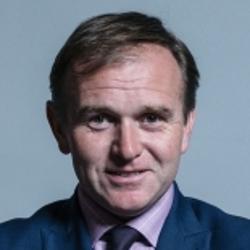Bovine Tuberculosis
(asked on 29th January 2015) - View SourceQuestion to the Department for Environment, Food and Rural Affairs:
To ask the Secretary of State for Environment, Food and Rural Affairs, pursuant to the oral Answer of 29 January 2015, Official Report, column 996, what steps her Department took to ensure that if pilot culls had achieved the target of 70 per cent reduction in badger numbers in (a) 2013 and (b) 2014.
In West Somerset, the cull company achieved removal of 70% of the estimated starting population of badgers, indicating that industry-led culling can, in the right circumstances, deliver the level of effectiveness required to be confident of achieving disease control benefits.
The results for Gloucestershire show that continued progress is needed taking into account the additional challenges of interference, harassment and criminal damage by activists.
Cull companies were required to provide more detailed information on progress, and based on the information submitted, Natural England were able to build a more accurate assessment of progress. This is described in advice published in August 2014:
As licensing authority, Natural England closely monitored the performance of each cull company and the effort being deployed across the cull area at frequent intervals, taking into account the actual circumstances being experienced by the cull companies.
Details of the number of badgers removed during year two of the culls were published on 18 December 2014, and can be found at:
Defra’s advice to Natural England on setting minimum and maximum number of badgers to be culled in West Somerset and West Gloucestershire in year 2 of the badger culls can be found at the link above. This advice includes a summary of the methods considered by Defra for estimating the badger populations in these areas. The minimum number is intended to correspond to a 70% reduction of the population relative to the initial starting population before the culls started in 2013. The culling objective is for no more than 30% of the starting population to remain on conclusion of the cull.
Based on the population estimation methodology selected, in Gloucestershire, Natural England set a minimum number of 615. At the conclusion of the 2014 cull 274 badgers were removed.
Based on the population estimation methodology selected, in Somerset Natural England set a minimum number of 316. At the conclusion of the 2014 cull, 341 badgers were removed.

